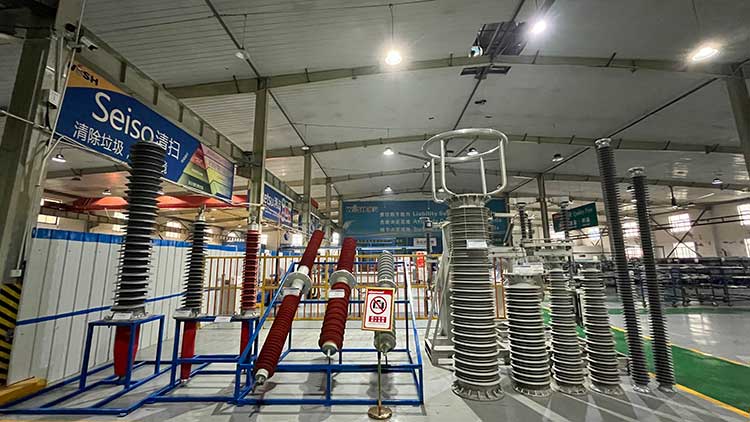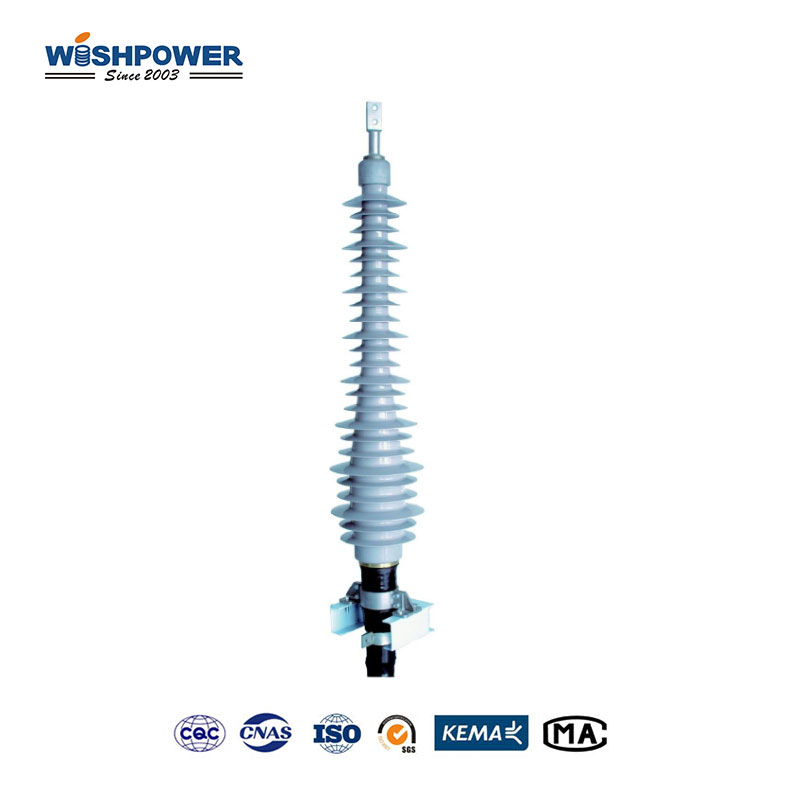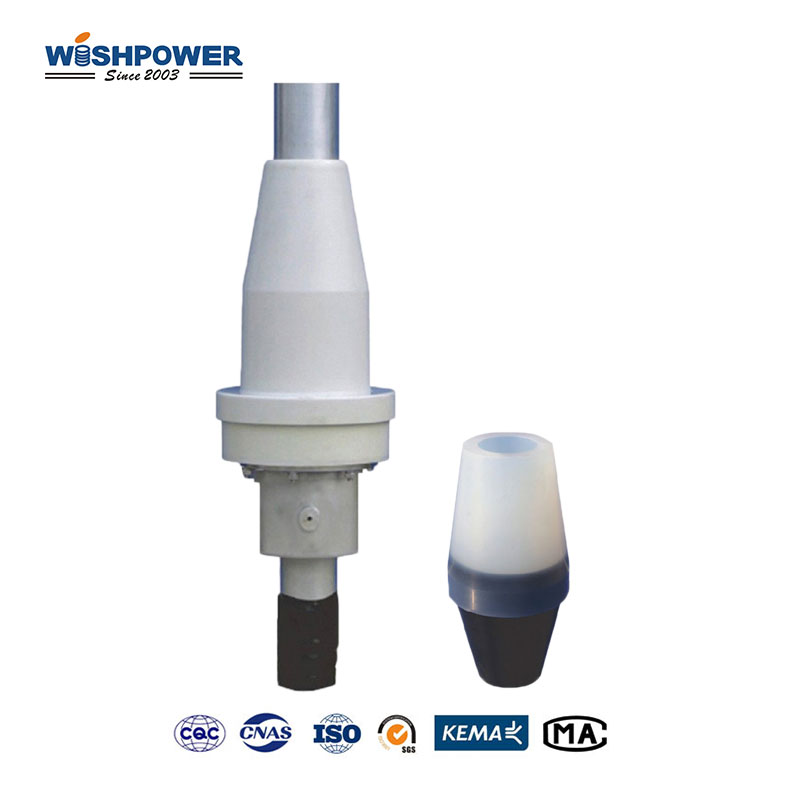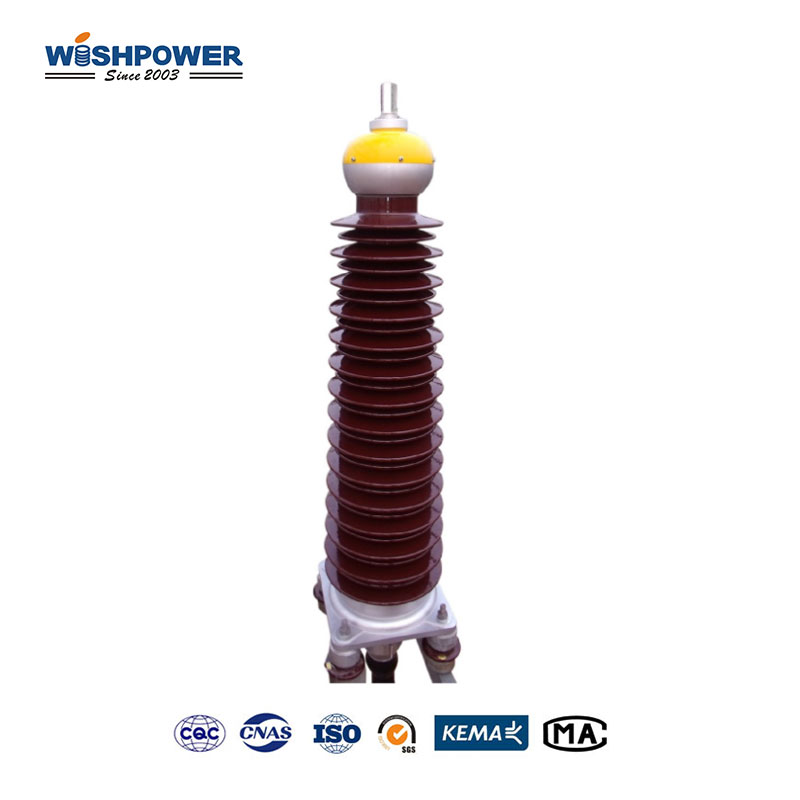Cold shrink termination is an advanced technology in the construction and distribution electrical industry for securing insulated connections of high voltage cables. Cold shrink terminations are unlike heat shrink terminations, which require the use of heated tools when installing, these cold shrink terminations depend on pre-expanded rubber or silicone tubing shrinking against the cable with a simple release. The benefit of this innovative technology is that it can be easily installed, has a high reliability, and is tolerant of the environment making it ideal for both indoor and outdoor applications.

What is cold shrink termination?
Cold shrink technology uses the elastomeric material — usually EPDM rubber or silicone — pre-expanded over a removable core. During installation, the core is just removed and the tube is allowed to shrink tightly around the cable. The waterproof, secure seal without the need for heat and complex installation tools is created using this method. They are in common use in medium and high-voltage cable systems that are exposed to extremes of weather pollution, or other demanding environments.
Cold shrink termination benefits
Easy and safe installation
Cold shrink terminations are safer to install and there is no chance to damage the cable insulation as no heat is required. It can be installed faster and more easily with little tools.
Enhanced Environmental Tolerance
Cold shrink terminations can withstand broad environmental conditions like moisture, UV rays, and extreme temperatures. Their durability is due to which makes them suitable for outdoor applications in harsh environments.
High Voltage High-Reliability Applications
Cold shrink terminations with their stress-controlled design and high-quality material enable consistent insulation and reliable performance over the long term.
Long-term Durability
The cold shrink terminations remain fluid and resilient under any change in environmental conditions. This long life makes it less of a burden to require frequent repairs or replacements.
Flexibility for a Variety of Cable Sizes and Configurations
Cold shrink technology comes in various forms and can be used with a wide range of different cable sizes and configurations, making it a useful option for power distribution systems spanning from boat yachts to classrooms.
Cold Shrink VS Heat Shrink
Installation Methods
Heat shrink terminations need a heat source during installation, usually, a torch, but cold shrink terminations are installed without heat using a simple pull to install.
Environmental Suitability
Usually, cold shrink is used for outdoor applications, against moisture, dust, and UV exposure. However, baked indoors may be a better option for heat shrink.
Material Composition
Highly elastic materials such as silicone rubber are used to make cold shrink terminations that are always under constant pressure on the cable. Polyolefin materials for heat shrink terminations can degrade with time in certain environmental conditions.
Applications for Cold Shrink Terminations
Power Distribution Systems
In distribution networks that transport high-voltage electricity, cold shrink terminations are used to help deliver a reliable and efficient connection in urban and rural settings.
Industrial Facilities
In industrial settings wherein electrical systems are exposed to moisture, dust, and other contaminants, cold shrink terminations are prevalent.
Renewable energy installations.
For renewable energy systems (such as solar and wind farms) where conditions are outdoors and require high durability and environmental resistance, cold shrink terminations prove to be best.
Oil and Gas Industry
Used frequently in the oil and gas industry, where power delivery is critical for safe and stable power delivery, these terminations employ high-performance insulation.
Conclusion
Because of their distinctive features, cold shrink terminations have revolutionized the way power systems are insulated and protected, offering a safer, more efficient, and harder solution for high-voltage applications. Cold shrink terminations are a reliable and effective choice for indoor and outdoor installations with stress control mechanisms and environmental resistance and a simple installation process. Capable of adapting to various environmental conditions and cable configurations they are vital to the modern electrical and power distribution industry, providing operational integrity and long-term stability.
If you have different opinions or want to know more, please leave a message on the website or contact us directly at info@wishpower.net

















